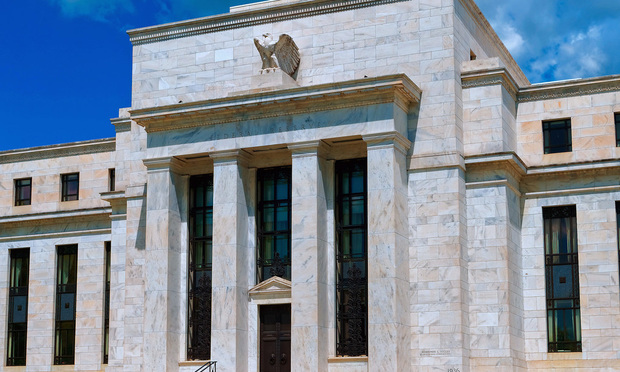Things are tighter than the federal funds rate suggests, according to the San Francisco Fed.

When your business model depends on financing, of course, you focus on what decisions the Federal Reserve will make about raising interest rates. The benchmark federal funds rate, which is a target range that only directly affects how banks lend to one another, is massively influential. Any doubt, just look at the current going rate for financing in commercial real estate.
But it’s important not to forget other information. The Federal Reserve Bank of San Francisco issued an economic letter on Monday, noting that monetary policy is tighter than the federal funds rate.
It’s important knowledge because monetary policy affects much more than inflation. The amount of available capital is one, and that has been a factor in influxes of investment into commercial real estate that have helped drive prices higher and cap rates lower.
“The Federal Reserve’s use of forward guidance and balance sheet policy means that monetary policy consists of more than changing the federal funds rate target,” researchers Jason Choi, Taeyoung Doh, Andrew Foerster, and Zinnia Martinez wrote. “A proxy federal funds rate that incorporates data from financial markets can help assess the broader stance of monetary policy. This proxy measure shows that, since late 2021, monetary policy has been substantially tighter than the federal funds rate indicates. Tightening financial conditions are similar to what would be expected if the funds rate had exceeded 5¼% by September 2022.”
For perspective, the current federal fund's range is 3.75% to 4.00%. According to the researchers, the current conditions act as though the top fund's rate was 125 basis points higher.
One reason for assuming that the federal funds rate was the indicator of monetary policy goes back to before 2000, according to the paper, when that was the primary means of communication. But now there’s also balance sheet contraction or expansion as well as forward-looking guidance.
Back in the day before fiscal misfeasance, malfeasance, and nonfeasance kicked off the global financial crisis, watching the Fed was a matter of paying attention to interest rates. The organization wasn’t involved in the massive buying and selling of bonds to help stabilize system-wide liquidity and it wasn’t in the practice of explaining itself so that markets understood. Quite the opposite. Alan Greenspan was legendarily obscure, with financial experts just falling short of taking up birdwatching in an attempt at augury that might explain the Fed’s then-oracle. Compare that to recent times when the Federal Open Markets Committee kept saying it would hike interest rates to battle inflation and many reacted, assuming they didn’t mean it.
That makes understanding where things are going and the impact they may have a lot more complicated.
Comments
Post a Comment
Please no profanity or political comments.